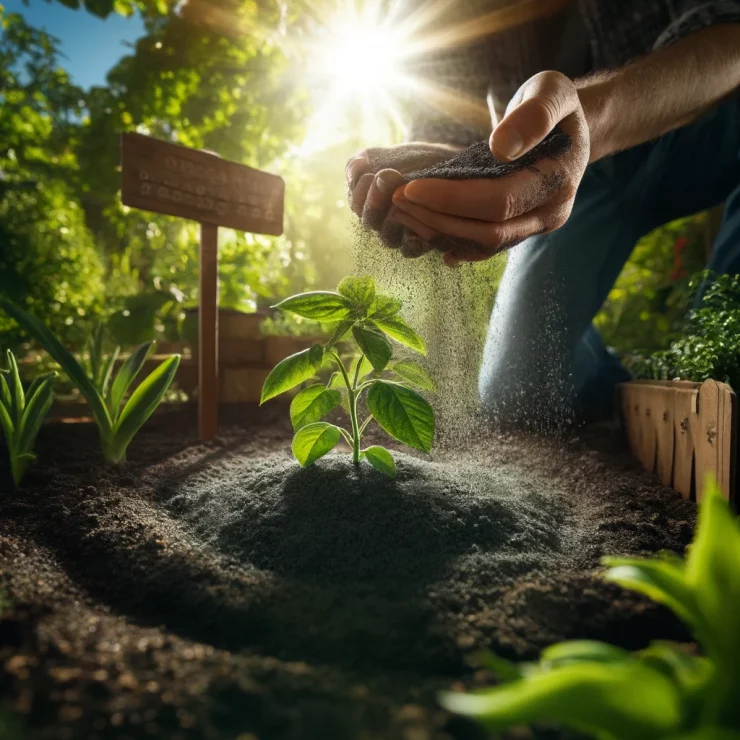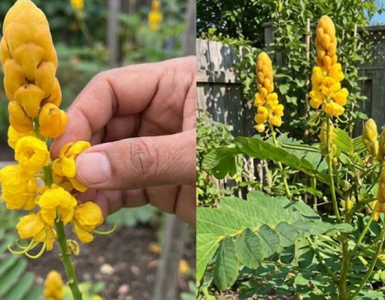In the realm of sustainable gardening and farming, the quest for organic fertilizers that enhance plant growth and soil health without harming the environment is ever-evolving. Amidst this search, a humble yet potent contender has emerged – ash dust.
Ash dust, derived from burned organic matter such as wood, leaves, or agricultural waste, has been used as a fertilizer for centuries, tracing back to ancient agricultural practices. Its efficacy lies in its rich composition of essential nutrients like potassium, phosphorus, calcium, and micronutrients, all of which are vital for robust plant growth.
One of the key benefits of ash dust is its high potassium content. Potassium plays a crucial role in various physiological processes within plants, including photosynthesis, water uptake, and nutrient transportation. Additionally, potassium helps plants resist diseases, withstand drought conditions, and improve overall vigor.
Furthermore, ash dust acts as a natural liming agent, helping to neutralize acidic soils and improve soil pH levels. This is particularly beneficial for plants that thrive in alkaline conditions, such as many vegetables and fruits. By maintaining proper soil pH, ash dust fosters an environment conducive to optimal nutrient uptake by plant roots.
Moreover, ash dust contains phosphorus, another essential nutrient for plant growth. Phosphorus is involved in energy transfer processes, root development, flowering, and seed production. Its presence in ash dust contributes to strong root systems and vigorous plant growth, resulting in higher yields and better quality crops.
Unlike synthetic fertilizers that may contain harmful chemicals and additives detrimental to soil health and ecosystem balance, ash dust is entirely natural and environmentally friendly. It is biodegradable and poses no risk of chemical buildup or groundwater contamination, making it a safe and sustainable choice for organic gardening and farming practices.
Ash dust can be applied to soil in various ways, including top dressing, incorporation into compost piles, or mixing directly into planting holes. Its fine particle size allows for easy distribution and absorption by plant roots, ensuring efficient nutrient delivery and utilization.
In addition to its role as a fertilizer, ash dust also serves as a pest repellent and soil amendment. Its alkaline properties deter certain pests and pathogens, reducing the need for chemical pesticides and fungicides. Furthermore, ash dust improves soil structure, enhancing water retention and drainage capabilities, which are essential for healthy plant growth.
In conclusion, ash dust stands out as a versatile and effective organic fertilizer, harnessing the power of natural nutrients to nourish plants and promote soil health. Its rich nutrient composition, eco-friendly nature, and multi-faceted benefits make it a valuable asset for sustainable agriculture and gardening practices. By embracing the potential of ash dust, we can cultivate healthier, more productive landscapes while minimizing our environmental footprint.






Add comment